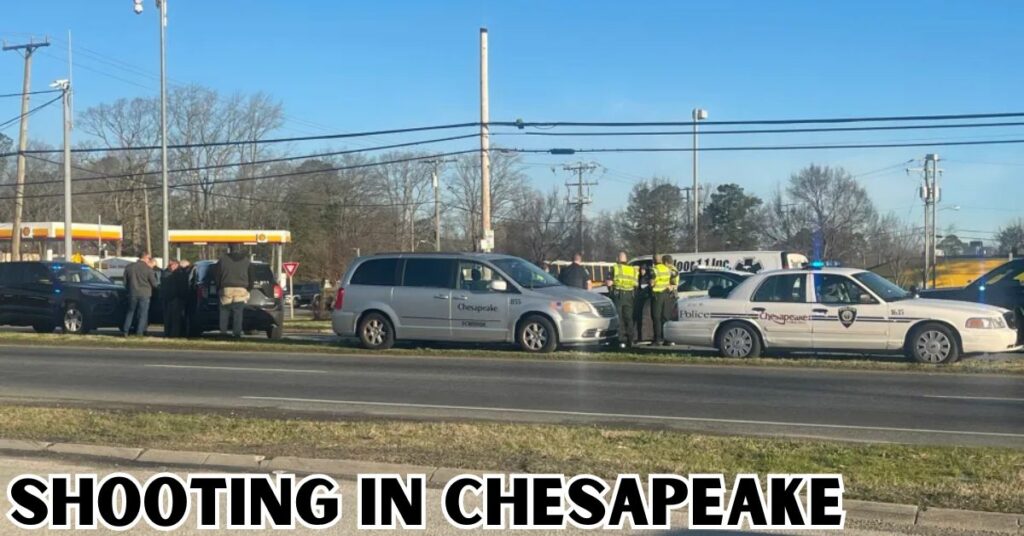A Greyhound bus traveling from Los Angeles to Fresno crashed in Visalia recently. The accident resulted in 24 injuries, two of them serious. There were no deaths; everyone, including the driver, is expected to recover. This might not seem newsworthy except that it highlights a growing problem in bus transportation: a chronic shortage of bus drivers and the increased risk to passengers that entails. Throughout the U.S., tighter schedules and fewer drivers have led to more bus accidents in recent years. This shortage has impacted commuters, municipalities, and school bus companies.
The Visalia crash occurred at about 3:15 AM when the driver drifted over the right shoulder of Highway 99 and crashed through a fence. The bus ended up overturning onto its side before coming to rest in a parking lot. CHP officers at the scene reported the driver showed no evidence of drug or alcohol use, nor were other vehicles involved. Instead, they are looking into the possibility of driver fatigue.
Bus drivers will often test their physical and legal limits to reach their destinations on time even if they cross the line. “Like truck drivers, bus drivers must follow strict state and federal limits for hours driven. Also, because they are transporting passengers, they are held to a higher standard of care compared to civilian drivers,” explained J.J. Dominguez, CEO, and Founder of The Dominguez Firm. “In short, even with the severe shortage of bus drivers, transportation companies cannot impose unrealistic schedules on their drivers,” he continued.
The problem shows no sign of abating, especially for school bus drivers. Before the pandemic, the median age of the average school bus driver was 56. Low wages, high stress, and fears of contracting COVID from being in a small enclosed space with unvaccinated children caused many drivers to quit.
The main change needed to deal with this shortage is obviously financial; competitive wages and more attractive benefits and sign-on bonuses to entice younger workers. Also, many of the cities that have a dire need for more municipal bus drivers such as New York and San Francisco are too expensive for many of the job candidates to live in.
Job quality improvements are essential too, but much harder to address. Many younger workers cite safety as another reason they won’t consider driving a bus. Indeed, the number of assaults has increased substantially over a 10-year period in most urban areas. Combine all of that with the added legal responsibility of driving a bus and major changes are long due. If not, we’ll continue to see more headlines about bus drivers falling asleep at the wheel with disastrous consequences for everyone involved.




